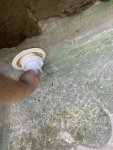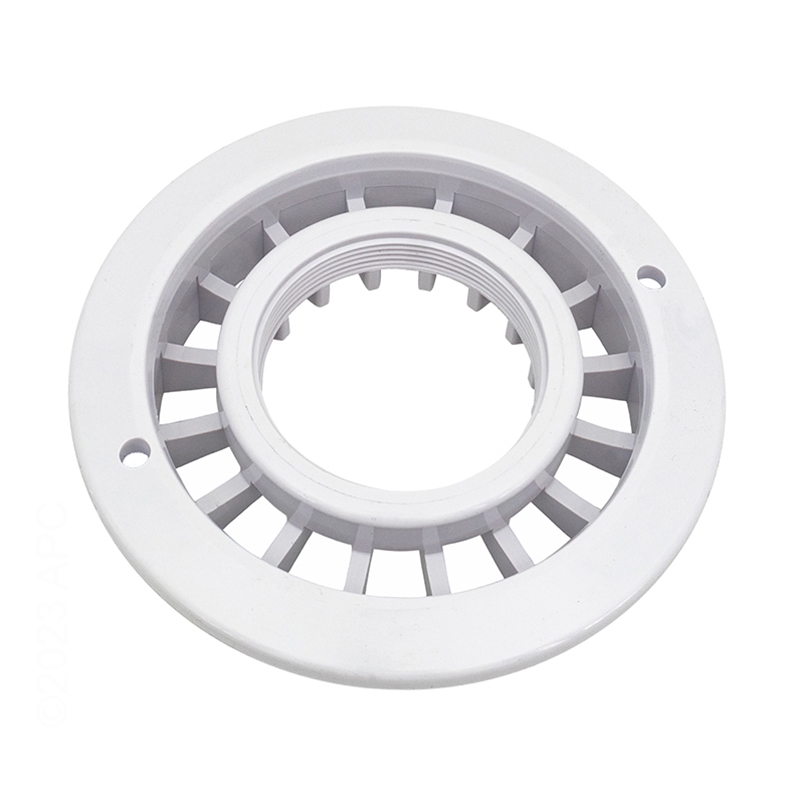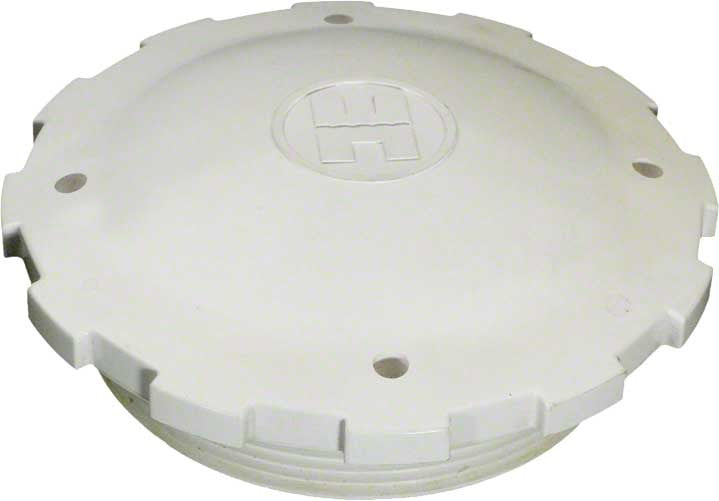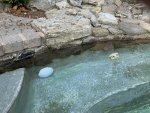I'm going to close our pool and spa by myself for the first time this year, because each year that we've owned the pool the various companies have each left me dissatisified in a different way. One of the things that none of them has done however, is plug the jet returns in the spa. Looking online, I think what we have is 6 Hayward SP1450TGR nozzles. Obviously they're underwater right now, but here's what they look like with my poor photography.
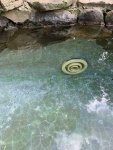
Several of them have bits broken around the rings suggesting that people have tried and failed to unscrew these in the past, and I cannot figure out how I could plug the return with the ring parts in the way, or how I can get the ring part off to give me better access. Can anyone suggest how I can accomplish this? I'll be emptying the spa at closing, but I know from experience that it will fill up quite quickly from rain, and will freeze in January, so I'd feel much better if I could actually plug all of my plumbing

Several of them have bits broken around the rings suggesting that people have tried and failed to unscrew these in the past, and I cannot figure out how I could plug the return with the ring parts in the way, or how I can get the ring part off to give me better access. Can anyone suggest how I can accomplish this? I'll be emptying the spa at closing, but I know from experience that it will fill up quite quickly from rain, and will freeze in January, so I'd feel much better if I could actually plug all of my plumbing


